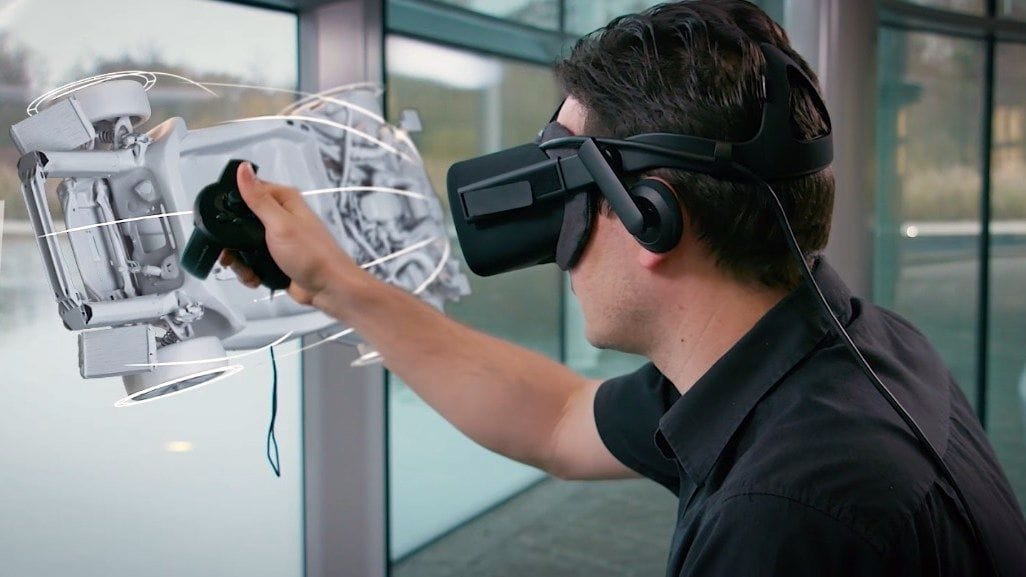
Before automobile technology even reached the point where two cup holders in a single car was an ovation inducing breakthrough, the automotive design process involved a constant back-and-forth of 2D sketches–it still does for many manufacturers.
Then there is the strict adherence needed for that unfortunately inconvenient internal structure. Most of the time, these “hard points” – monocoque, suspension, engine/radiator position, etc – go through their own approval before progress can be made. This can take months, delaying other work and, even then, the confidence of the design translating well in 3D is lacking.
Car Body Design of the Future… Now
Enter the modern world of VR, where McLaren Automotive, together with software company Vector Suite, is incorporating an immersive 3D experience into car body design.
Mark Roberts, Head of Design Operations, describes the initial aim of implementing VR as a way to support vehicle ergonomics and review 3D design data before creating the physical car. However, Roberts soon saw a way to enhance and optimize the car concept design process through the same means.
The Vector Suite software imports the aforementioned hard points to create a volume which the user is then able to create and manipulate a structure of 3D sketches for the proposed design. All along the way they are able to see how everything fits, fine-tuning each aspect. This drastically reduces the time it takes when transferring 2D sketches to 3D models and is more efficient than switching between paper or 2D graphics and 3D software.
Read the rest at SolidSmack.com

